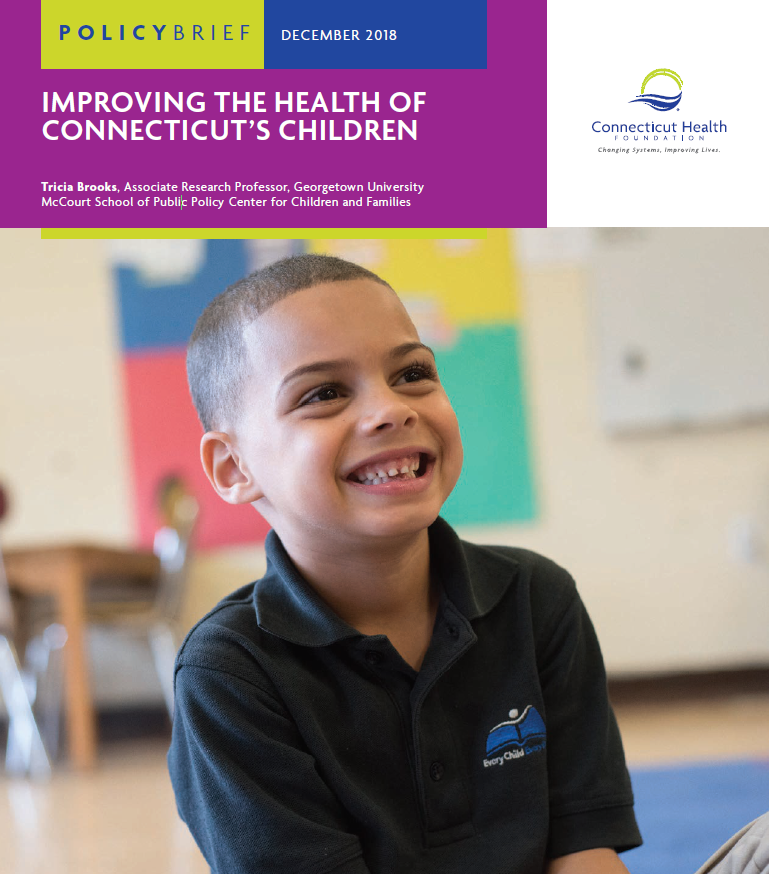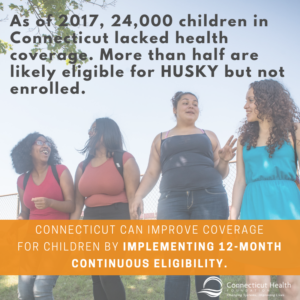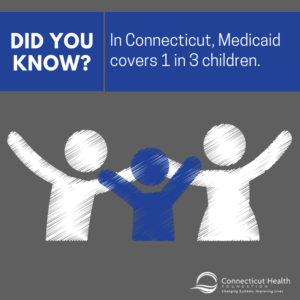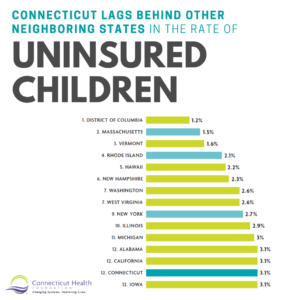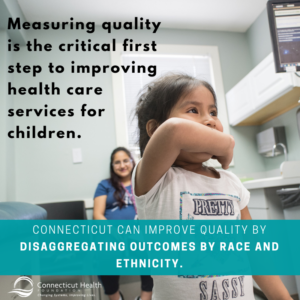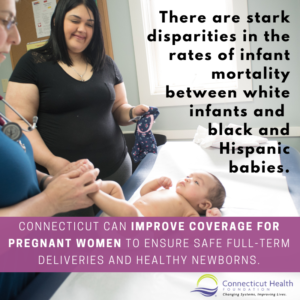Children’s access to health care is critical to society, with implications for their ability to perform in school, to participate in the workforce as adults, and for the prevalence of high-cost chronic conditions among adults in the future.
Connecticut has much to be proud of in children’s health, but there is room for improvement. For example:
- Connecticut’s uninsured rate for children ranks 12th in the nation – tied with Alabama, California, Iowa and Louisiana, and lagging behind Massachusetts, Rhode Island and New York. More than 24,000 children in Connecticut have no source of health coverage.
- Connecticut has one of the highest rates in the nation of children covered by Medicaid who go to the emergency department for non-emergency care.
One major opportunity for improvement is through HUSKY Health – Connecticut’s name for Medicaid and the Children’s Health Insurance Program (CHIP).
HUSKY Health provides access to health care for more than 330,000 children from low-income families – one in three Connecticut children. As the largest single source of children’s health coverage, HUSKY Health is well positioned to drive quality and improvements that are proven to support a child’s healthy development and success in school and beyond.
Key Findings:
- More than half of Connecticut’s uninsured children are likely eligible for HUSKY Health, the state’s Medicaid and Children’s Health Insurance Program (CHIP).
- HUSKY Health outperforms its counterparts in most states on key quality indicators, but the data may be not telling a complete story. Unless children are continuously enrolled for at least 12 months, their health outcomes are not captured in most performance data. Additionally, aggregated data can mask disparities that are known to exist for children of color.
- Connecticut could simplify HUSKY by aligning benefits across the three groups within the program that serve children – HUSKY A, B, and Plus. This could also potentially eliminate duplicative administrative costs and confusion for providers and families.
- There are stark disparities in the rates of infant mortality and low birth weight between white infants and black and Hispanic babies. Connecticut can improve coverage for pregnant women to ensure safe full-term deliveries and healthy newborns.
There are clear opportunities for the state to make strides in assuring that all children can access health care, in improving care quality, and creating a more efficient coverage program.
Author:
Tricia Brooks, Associate Research Professor, Georgetown University McCourt School of Public Policy Center for Children and Families
Download our shareable graphics and two-pager:
Download two-pager >>> Improving the health of Connecticut’s children
